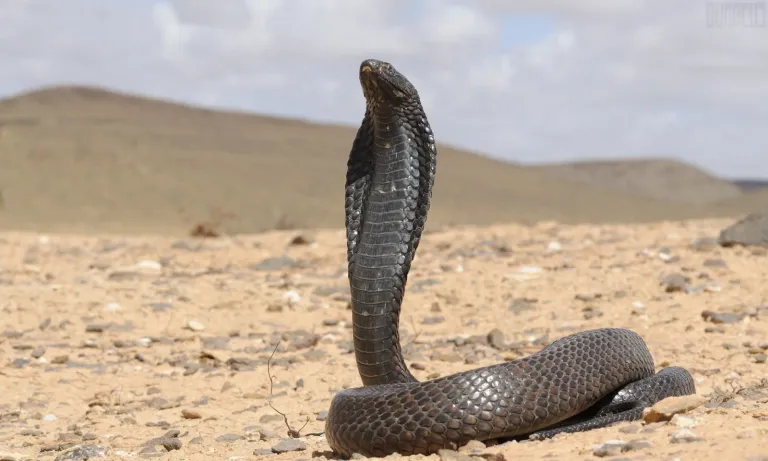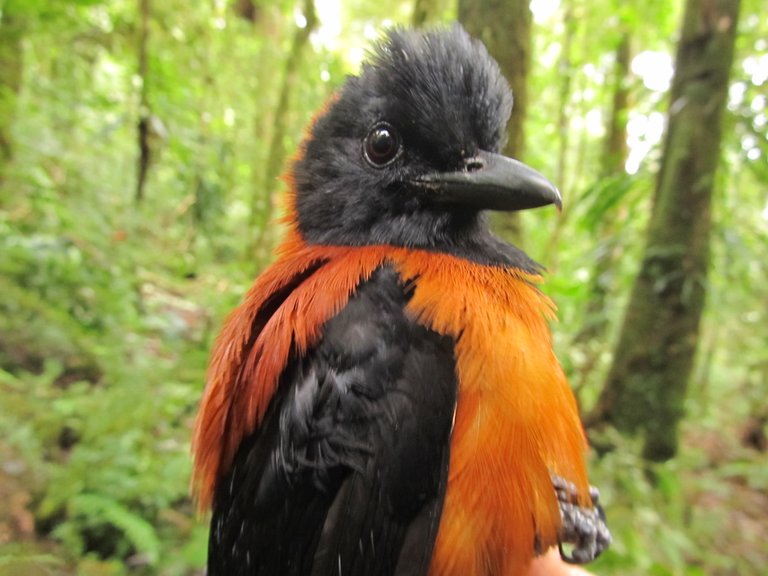"Use protection" is some word that we humans use when we are talking about having coitus with another person that isn't our partner, and we express those words to prevent cases of sexually transmitted diseases or pregnancy but just like we protect ourselves from a whole lot of things in our lives so do venomous or poisonous animals protect themselves.
When I was young, I went to visit my uncle who lived in a new inhabited area what we would refer to as New Site in southwest part of Nigeria. One morning, he wanted to use the bathroom, and he saw a cobra in the bathroom. He quickly shut the door and when to the window to see if he could drag the snake out from the tail. Immediately the snake bit its tail and my uncle ran away. It wasn't quite long the snake was seen going out through the window and its poison didn't affect it. How do these venomous and poisonous animals get to protect themselves.

The venom of the cobra is extremely toxic even in tiny quantities and there are so many animals that releases toxic and poisonous out there and for them to release these toxic substances, they need to store them in their body but how do they not get attacked by their own toxin and the first way to avoid it is by creating immunity against the venom or poison. An animal that uses this mechanism is the dart frog (Dendrobatidae). When they inject other animals, it binds to receptor proteins that quickly creates an effect but the poison doesn't affect the frog because its body s evolved to a different version of nerve protein that the poison cannot bind to.
Animals like insect are known to have safe place where they keep their poisons. Animals like the Murder Hornets and Black Widow store their poison in their abdominal region or face. While they are susceptible to their venom, it is located in a place that is completely away from their body part thereby making it impossible for them to poison themselves.

Animals with venom and poison also uses another method to prevent themselves from getting affected and that is the use of sponge proteins to suck up the poison before it can hurt them. Pitohui Dichrous is a bird that have poison in his feathers but in other to keep itself safe from its poison, it releases protein in its bloodstream that picks up the venom in its bloodstream and neutralizes them.
Another way that toxic animals store their toxin is in inactive state like in the case of the loris who stores its venom in its armpit and the venom becomes active when it licks the area allowing the venom to come in contact with saliva that the venom becomes active. When its bites an animal, the venom causes the skin of its victim to rot.
After explaining these means of protecting themselves, it is important that I state that an animal can utilize more than one way of keeping venom from harming them and in the case of so many snakes, the utilize almost all mechanisms of keeping venom from hurting them. For instance, Snakes possess the nerve proteins that make them immune to their toxins that paralyzes nerves, but as we know that snake venom is a cocktail of toxins, the venom is stored in an inactive form in a separate gland away from its inner activity. In the case where a snake bites itself, proteins in the blood of the snake clean up the toxin before it has any effect. When next you see a poisonous or venomous animal and you wonder why it venom hasn't killed it, then remember that they always have protection
Reference.
https://www.sciencedirect.com/science/article/abs/pii
https://rupress.org/jgp/article/153/9/e202112872/212537https://jvat.biomedcentral.com/articles/10.1186/1678-9199-19-21
https://www.science.org/doi/10.1126/science.aan5061
https://www.mdpi.com/2072-6651/2/1/163
https://www.sciencedirect.com/science/article/abs/pii/S0044523106000416?via%3Dihub
It looks like animals evolved to protect themselves from self harm since their toxins were either used as a means of defense or as a way of attacking. Although this toxins might not be harmful to them but to their target, it is life-threatening.
Thanks for your contribution to the STEMsocial community. Feel free to join us on discord to get to know the rest of us!
Please consider delegating to the @stemsocial account (85% of the curation rewards are returned).
Thanks for including @stemsocial as a beneficiary, which gives you stronger support.